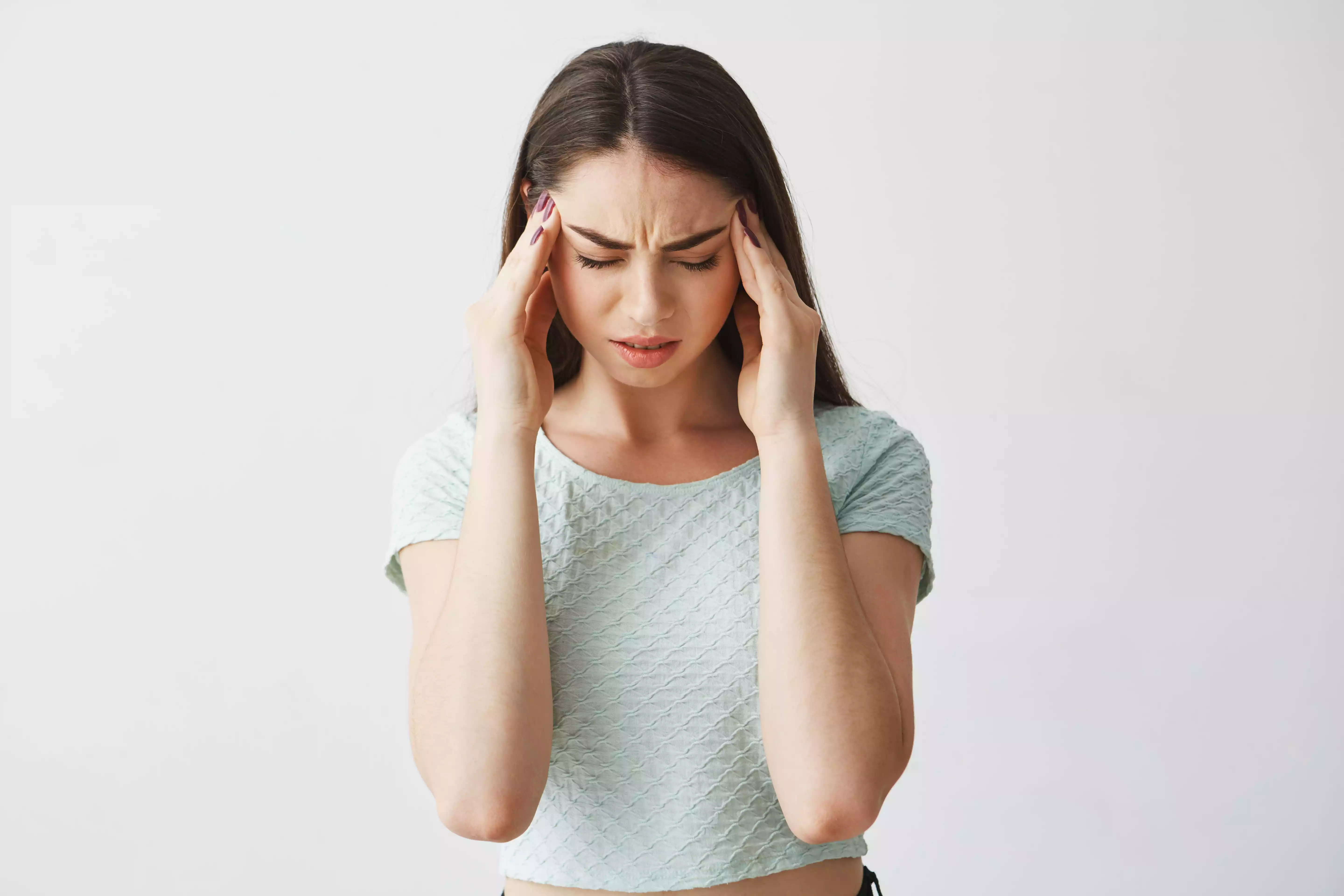
How sleep affects pain perception and management
Sleep is an integral part of our lives and essential for our overall health and well-being. It is becoming more widely acknowledged as a crucial
Join Over 10,000 Visitors Receiving Free Advice on Getting Instant and Long Lasting Pain Relief.
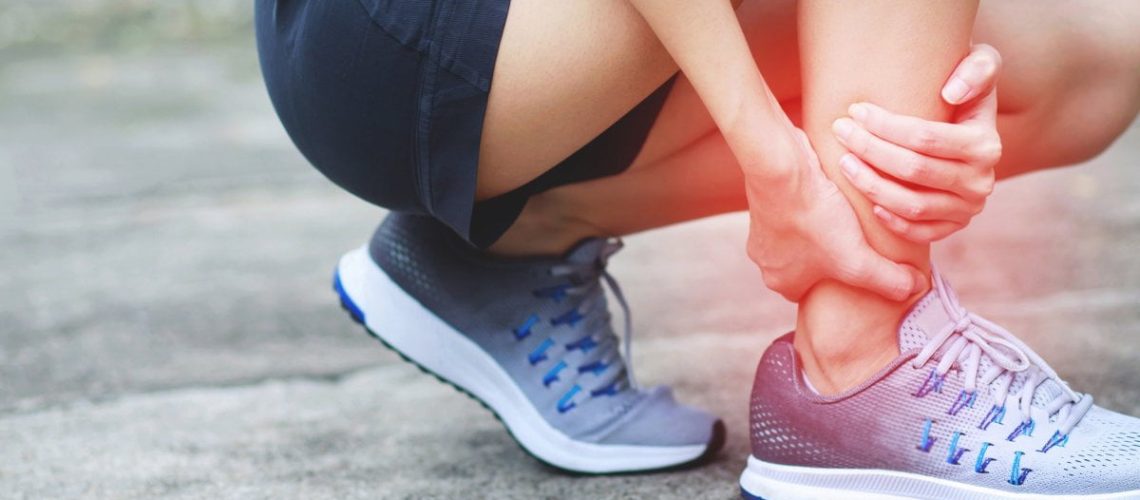
Ever wondered whether the pain after a workout is normal or not? Why you feel sore after a hardcore exercise? What to do when your whole body aches? Should you remain in bed or fight it out? Well, we are here to answer that and more. Read on to understand everything about post-workout pain.

Simply put, muscle soreness is due to the stress you put on your muscle tissue that is beyond what it is accustomed to. This is commonly called Delayed Onset Muscle Soreness (DOMS), and it is a completely normal thing! Breaking it down further, DOMS occurs when the muscle is made to perform a lengthening or eccentric contraction. The discomfort is due to an inflammation in the muscles and occurs between 24-48 hours after the activity is performed.
DOMS can be experienced after starting an exercise regime after a long period of time or by simply taking the intensity of your workout up a notch. It is always advised to start with a lower intensity workout to get your body use to it and not overexert your muscles, though even still some level of DOMS is unavoidable.
These are normal things that people do to get in shape or build or tone their bodies which is why DOMS can be developed by anyone. Whether it’s an athlete preparing for a race or a regular person going to the gym.

What’s important to remember, when it comes to DOMS, is to not let it get in the way of your quest to continue to pursue a healthier path.
For the good news: the soreness decreases after your body gets accustomed to your new physical capabilities and can strengthen the muscles to build and recover. What’s more, is that the entire process also helps in increasing your body’s stamina.
So, even though it’s a hard return to get after an already gruesome workout, it’s worth the benefits after!
While there’s not much you can do that guarantees the prevention of DOMS completely, there are a few things you could definitely try.
Start with a low-intensity workout and move your way up. Be gentle with yourself and gradually up the pace to the level you want to reach. This is essential to also avoid any injuries and severe pains you could experience. Having your muscles warmed up also prepares you for higher level exercises.
Another is stretching. Again, the debate around this is interminable but to sum it up there is no evidence currently that suggests that stretching helps in preventing DOMS.
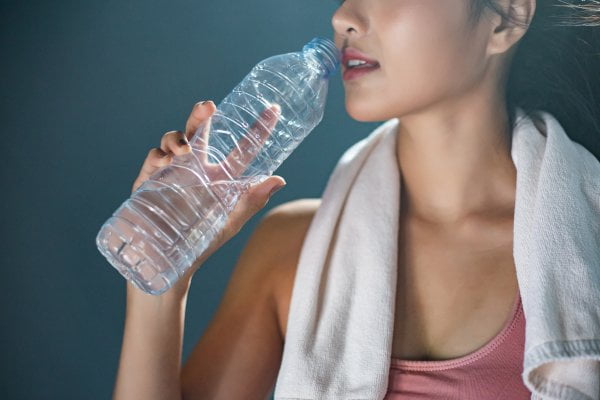
It may sound overstated at this point, and trust me we get it, but hydration is key when it comes to muscle recovery. Water flushes out toxins from our body and delivers nutrients to our muscles, easing inflammation. Therefore, it is important to get the adequate amount of water required for our body. There are various sites to help find an exact number of how much water you require a day as everybody is different; one such site being this. However, as an average, drinking three liters of water is advisable.

Another seemingly obvious but vital component of recovery. Sleep does not have any immediate effects on muscle soreness but is definitely important. REM is what comes in when we talk about recovery when we’re sleeping. Rapid eye movement increases the process of creating new proteins that are needed in order to repair these muscles.
Therefore, getting 7 to 8 hours of sleep is important for our body to recover and prepare for our new fitness regimen.

Constricting your muscles with compression clothing reduces the fluid buildup which in turn combats the swelling of muscles. To be clear, there isn’t a lot of evidence that shows a correlation between compression clothing and reducing DOMS. These clothes do however help during your workout, making your muscles less inflamed, as compared to when you wear loose clothes. Compression clothing is also thought to increase blood flow to our muscles, reducing the chemical that causes soreness i.e. creatine kinase.
Though no proof evidence can be given to prove this point, studies have shown that marathon runners when dressed in compression clothing for 24 hours after a race saw less soreness in their body.
Avoid taking painkillers when experiencing DOMS. Dulling your pain receptors so you can do another workout can risk an injury. A good alternative is pain relief products.
There are several pain relief options when it comes to workout soreness. The list includes creams, sprays, oils, etc. Finding something that not only helps your pain but also treats your skin well is the goal. Pain relief products provide instant pain relief and work on alleviating the soreness in the area of inflammation. Our recommendation for post-workout soreness is a pain relief spray that works fast and derives its formulation from natural ingredients.
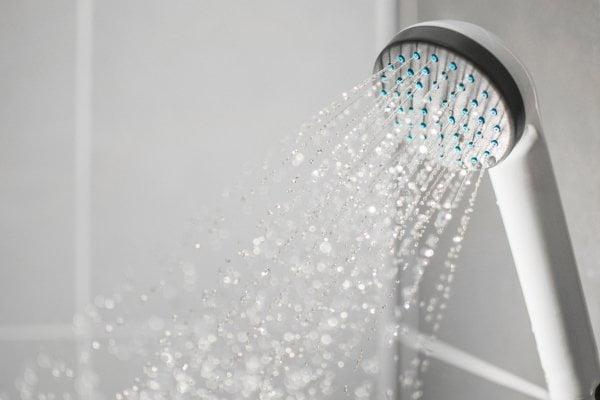
Another common fix is having a really cold or hot bath. Hot baths are known to help you relax which is actually due to the expansion of our blood vessels promoting blood flow and easing muscle tension.
While really cold baths or showers constrict the blood vessels, promoting blood circulation by forcing it to move on to other parts of the body. This could potentially just be a placebo effect, however, it’s worth a shot.
Alternatively, you can check out Contrast Water Therapy which is switching between hot and cold water temperatures.

Food is the source of all the nutrients in our body. Staying hydrated and eating is vital to recovering from post-workout soreness. There are 3 food groups in particular that aid in this and those are: protein, carbohydrates, and antioxidants.
Proteins help repair broken muscle fibers which reduce the recovery time (and soreness). They are key in the growth, repair, and maintenance of muscles and body tissues. Carbohydrates, long demonized by the fitness industry, on the other hand, promote muscle growth in the body by producing insulin. Antioxidants in general are known to reduce inflammation in the body, which is why most workout smoothies contain a ton of berries and cherries. Together these ensure a smooth recovery and aid in reducing your muscle soreness.
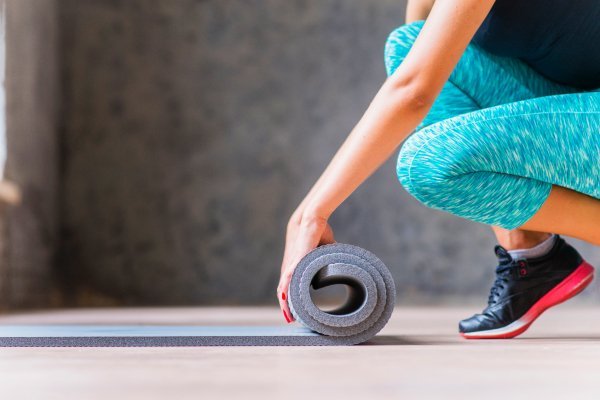
Even though we spoke about the importance of resting and sleep, it is even more important to not stop.
If you want to take a rest day, you can include light to moderate exercises in for an active recovery. Keep your body moving by walking, cycling, swimming, stretching, and yoga to keep your blood pumping to areas in need of it.
In conclusion, DOMS isn’t something that should hold you back from starting or building on your current exercise regimen. Post-workout soreness can be discouraging at first but pushing through these initial few days is all it takes for you to continue on your journey of being a healthier version of yourself. While it may get harder at times and there might not be a lot you can do about it, your body will thank you later.

Sleep is an integral part of our lives and essential for our overall health and well-being. It is becoming more widely acknowledged as a crucial
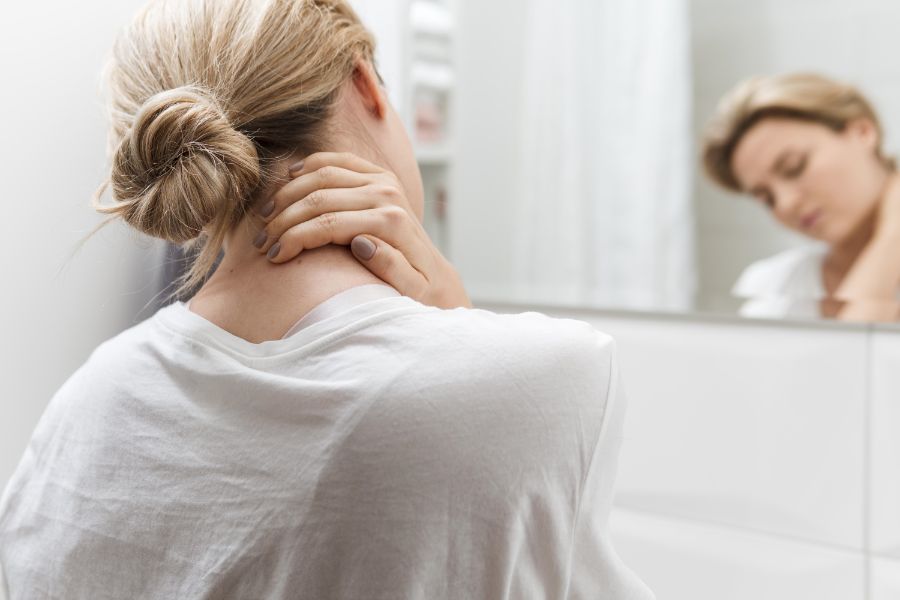
The neck is an extremely important and pretty amazing part of your body. It handles the tough job of holding up the weight of your
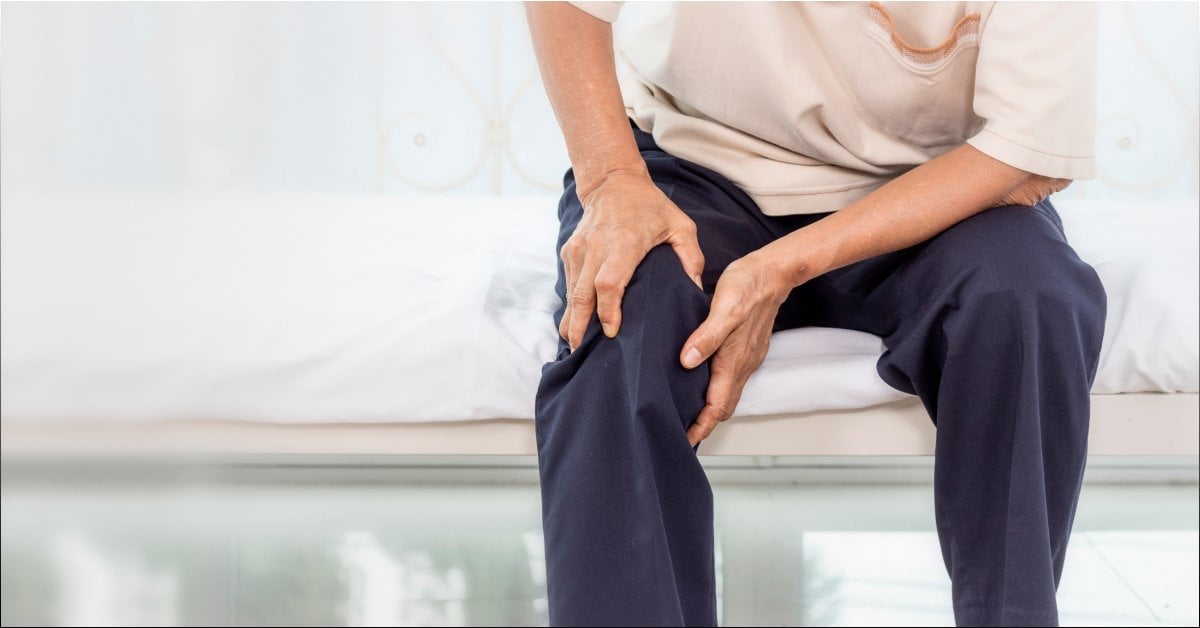
Our knees are a salient feature of the body, but ones that carry great weight and importance. Knees are what attach our body to our
Enter your mobile number to unlock your 10% Off Coupon Code.
*By filling this form, you are signing up to receive updates on pain relief tips and our products on your whatsapp.